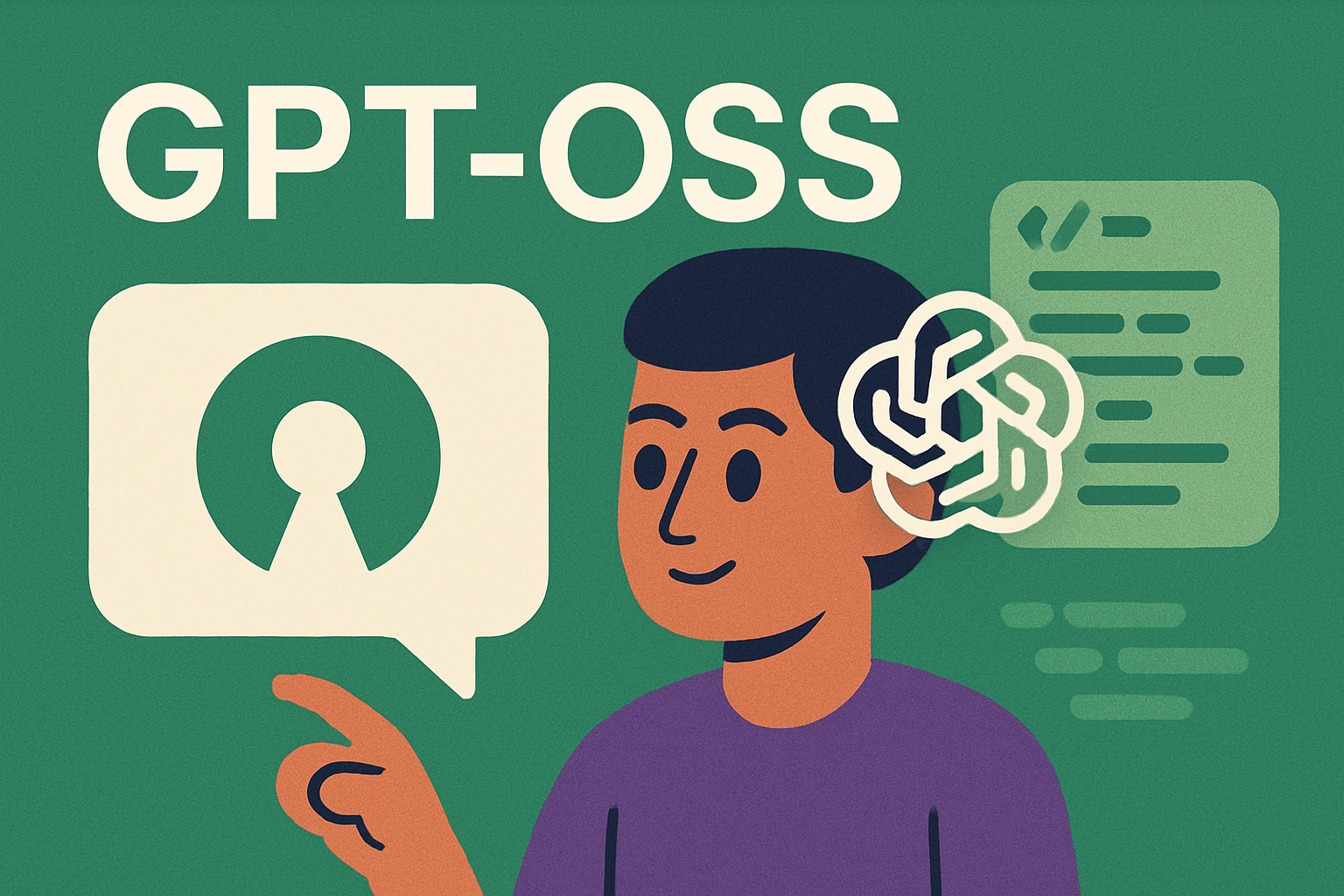Walk into Goldman Sachs’ Manhattan headquarters today, and you’ll witness something that would have seemed impossible just five years ago. Traders are having conversations with artificial intelligence. Investment bankers are asking AI assistants to proofread their emails. Asset managers are getting help analyzing complex financial documents from digital colleagues that never take coffee breaks.
This isn’t science fiction anymore. Goldman Sachs is rolling out a generative AI assistant to its bankers, traders and asset managers, with around 10,000 employees already using the GS AI Assistant. It’s a move that signals a fundamental shift in how Wall Street works – and it’s happening faster than anyone expected.
The AI That Acts Like a Goldman Employee
What makes Goldman’s AI assistant different from the chatbots you might use for customer service? According to Chief Information Officer Marco Argenti, this isn’t just another tech tool. The program will eventually take on the traits of a seasoned Goldman employee.
Think about that for a moment. We’re talking about an AI that understands the culture, language, and unique demands of one of the world’s most prestigious investment banks. This digital assistant doesn’t just follow commands it learns how Goldman people think, work, and communicate.
“It’s like talking to an employee,” Argenti explained in recent interviews. The AI has been trained not just on general knowledge, but specifically on Goldman’s internal processes, financial models, and business practices. When a banker asks it to summarize a merger document, it doesn’t just extract text – it understands what matters to Goldman’s clients and highlights the critical financial implications.
What This AI Actually Does All Day
The capabilities of Goldman’s AI assistant go far beyond what most people imagine when they think of workplace AI. The GS AI Assistant helps Goldman Sachs employees with tasks such as summarizing complex documents, drafting initial content and performing data analysis.
But let’s get specific about what this looks like in practice. The GS AI Assistant is designed to perform tasks such as summarising and proofreading emails and translating code between programming languages. For a company where precision in communication can mean the difference between closing a billion-dollar deal or losing it, having an AI proofreader that understands financial jargon is invaluable.
Picture this scenario: A junior analyst working on a client presentation at 2 AM can now ask the AI to review their work for clarity and accuracy. The AI doesn’t just check spelling – it ensures the financial terminology is correct, the tone matches Goldman’s standards, and the key points are presented in the most compelling way.
The coding translation feature is particularly interesting. Goldman’s technology teams work with multiple programming languages, and being able to instantly convert code from Python to Java, or from one database language to another, saves countless hours of manual work.
More Than Just Efficiency: A Strategic Transformation
This rollout represents more than just Goldman trying to make its employees more productive. Wall Street has embraced generative AI faster than any other disruptive tech in recent years because of how adept the models are in replicating human cognition.
The financial industry deals with massive amounts of unstructured data every day – research reports, earnings calls, regulatory filings, market analysis, client communications. Traditional software could organize this information, but AI can actually understand it, synthesize it, and draw insights from it in ways that mirror human thinking.
Consider the daily routine of a Goldman research analyst. They might need to read through hundreds of pages of quarterly reports, news articles, and competitor analysis to write a single investment recommendation. The AI assistant can now pre-process all this information, highlighting key trends, identifying contradictions between sources, and even suggesting potential questions that clients might ask.
This isn’t about replacing human judgment, it’s about amplifying human intelligence. The analyst still makes the final call on investment recommendations, but they’re doing it with a level of information processing that would have been impossible before.
The Rollout Strategy: Starting Smart, Scaling Fast
Goldman’s approach to deploying this AI assistant reveals a lot about how serious they are about this technology. The GS AI Assistant has been offered to around 10,000 employees so far, with the goal of getting it to all the company’s knowledge workers this year.
Starting with 10,000 employees isn’t a small pilot program – it’s a major deployment. These aren’t just random volunteers, either. Goldman strategically chose employees across different divisions to test how the AI performs in various contexts. Investment banking teams use it differently than trading desks, and asset management groups have different needs than risk management teams.
The phased rollout allows Goldman to gather real-world feedback and continuously improve the system. Each interaction teaches the AI more about how Goldman employees work, what they need, and how they prefer to communicate. By the time it reaches all knowledge workers, it will be far more sophisticated than the initial version.
Technical Innovation: What’s Under the Hood
The natural language assistant can securely tap into a variety of large language models (LLMs) that the company has approved. This multi-model approach is particularly clever, instead of relying on a single AI system, Goldman’s assistant can choose the best model for each specific task.
For document summarization, it might use one type of AI model. For coding tasks, it switches to a different model optimized for programming languages. For financial analysis, it could tap into models specifically trained on financial data. This flexibility ensures that employees always get the best possible AI assistance for whatever they’re working on.
The security aspect is crucial here. Unlike consumer AI tools that might store or learn from your conversations, Goldman’s system is designed with financial-grade security and privacy controls. The AI can access internal Goldman data and systems while maintaining the strict confidentiality requirements that bank operations demand.
The Broader Impact on Finance
Goldman’s move is part of a larger transformation happening across Wall Street. This move reflects a broader trend in the financial industry, where AI is increasingly utilized to enhance efficiency and productivity. But Goldman isn’t just following trends, they’re setting them.
Other major banks are watching this rollout closely. If Goldman can successfully integrate AI assistants across their entire knowledge workforce, it will pressure competitors to follow suit or risk falling behind in efficiency and capability.
The implications go beyond individual banks. This could fundamentally change how financial services are delivered. When AI can help bankers analyze deals faster, traders process market information more effectively, and asset managers identify investment opportunities more quickly, the entire pace of financial markets could accelerate.
Challenges and Concerns
Not everything about this AI revolution is straightforward. The deployment raises important questions about job security, data privacy, and the changing nature of financial work.
Some Goldman employees initially worried that AI assistants might eventually replace them. However, the company has positioned the technology as augmentation rather than replacement. The AI handles routine tasks and information processing, freeing up humans to focus on relationship building, strategic thinking, and complex problem-solving that still requires human judgment.
Privacy concerns are also significant. Financial institutions handle incredibly sensitive information, and having AI systems that can access and process this data creates new security considerations. Goldman has invested heavily in ensuring their AI assistant meets the same rigorous security standards as their other critical systems.
Regulatory oversight is another consideration. Financial regulators are still developing frameworks for how AI should be used in banking. Goldman’s large-scale deployment will likely influence future regulations about AI in financial services.
What This Means for the Future of Work
Goldman’s AI assistant rollout offers a preview of how knowledge work might evolve across industries. The key insight is that the most successful AI implementations don’t just automate existing processes – they create new ways of working that were previously impossible.
The assistant will eventually transform into a smarter sidekick with the traits of a seasoned Goldman executive. This vision points toward a future where AI assistants become genuine collaborators rather than just tools.
Imagine an AI assistant that not only helps with current tasks but can also anticipate what you’ll need next. It might notice that you’re working on a client pitch and proactively gather relevant market data, identify potential objections the client might raise, and suggest supporting evidence for your recommendations.
The Competitive Advantage
For Goldman Sachs, this AI deployment isn’t just about internal efficiency. it’s about competitive advantage. When their bankers can analyze deals faster, their traders can spot market opportunities quicker, and their asset managers can identify investment trends earlier, Goldman gains an edge over competitors still relying on traditional methods.
The network effects are powerful too. As more Goldman employees use the AI assistant, it learns more about effective practices across the firm. This collective intelligence becomes a proprietary asset that competitors can’t easily replicate.
Client service could also improve dramatically. When Goldman advisors have AI assistance to quickly analyze client portfolios, regulatory changes, or market conditions, they can provide more timely and comprehensive advice. Clients benefit from faster responses and deeper insights.
Looking Ahead: The Next Phase
This current rollout is just the beginning. Goldman’s leadership has made it clear that they see AI as fundamental to their future operations, not just a useful addition to existing processes.
Future versions of the AI assistant will likely become even more sophisticated, potentially handling more complex analytical tasks, providing predictive insights about market trends, and even assisting with strategic decision-making at higher levels of the organization.
The success of Goldman’s AI assistant could also influence how other professional services firms approach artificial intelligence. Law firms, consulting companies, and accounting firms are all watching to see how effectively AI can be integrated into high-stakes knowledge work.
Insights
Goldman Sachs’ deployment of AI assistants to 10,000 employees represents more than just a technology upgrade it’s a fundamental reimagining of how financial services work gets done. By creating AI that understands their culture, processes, and standards, Goldman isn’t just automating tasks – they’re amplifying human capability.
The real test will be whether this digital transformation delivers measurable improvements in client service, deal execution, and investment performance. If it does, expect other major financial institutions to quickly follow Goldman’s lead.
The age of AI-assisted finance has officially begun, and it’s starting at one of the most influential firms on Wall Street. The implications will ripple through the entire industry and likely beyond, as other sectors watch and learn from Goldman’s bold bet on artificial intelligence.
For now, Goldman employees are getting used to their new digital colleagues. But soon, having an AI assistant might seem as natural as having email or a smartphone – essential tools that no modern finance professional could imagine working without.



